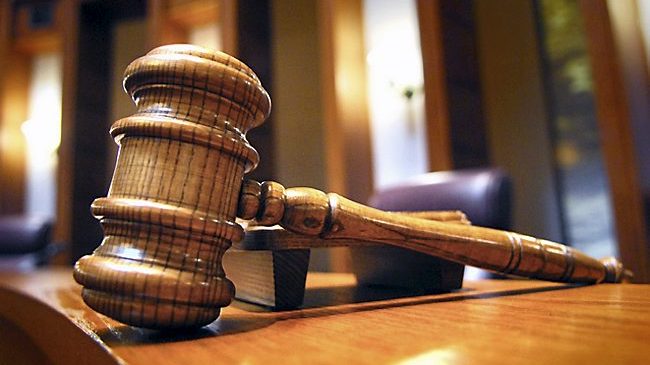The Pac-12 has become the fifth and final power conference to approve settlement terms in a multi-billion dollar antitrust lawsuit against the NCAA, clearing the way for college sports to adopt a groundbreaking revenue-sharing plan with athletes.
The conference’s 12 university presidents and chancellors voted (electronically) to accept the terms on Thursday afternoon, joining their peers in the ACC, Big 12, Big Ten, SEC, plus the NCAA’s Board of Governors.
Approval from all six of the named defendants in House v. NCAA was required before the settlement could be implemented — and a costly trial avoided.
The commissioners of the five conferences and NCAA president Charlie Baker issued the following statement:
“The five autonomy conferences and the NCAA agreeing to settlement terms is an important step in the continuing reform of college sports that will provide benefits to student-athletes and provide clarity in college athletics across all divisions for years to come.
“This settlement is also a road map for college sports leaders and Congress to ensure this uniquely American institution can continue to provide unmatched opportunity for millions of students. All of Division I made today’s progress possible, and we all have work to do to implement the terms of the agreement as the legal process continues.
“We look forward to working with our various student-athlete leadership groups to write the next chapter of college sports.”
Many details must be resolved in the coming months. But the House case — named for former Arizona State swimmer Grant House — will revolutionize college sports and lay waste to the NCAA’s century-old model of amateurism.
The settlement can be separated into two buckets:
— The damages portion carries a $2.8 billion price tag and compensates thousands of former college athletes who were denied the ability to profit from their name, image and likeness (NIL) before it became legal in the summer of 2021.
The NCAA will cover the amount by using its reserves and withholding future distributions to Division I schools that are funded by the March Madness television contracts with Turner and CBS.
— The injunctive portion aims to create a revenue-sharing plan between athletic departments and current/future athletes that’s based on the use of their NIL in the conference media deals with TV partners.
Athletic departments across the country will create what’s called a permissive revenue-sharing cap of approximately $20 million annually — meaning each school can share up to that amount with athletes but isn’t obligated to hit the mark.
There will be substantial pressure on the major football-playing schools to offer the maximum or suffer consequences in recruiting.
The settlement also will force schools to expand roster sizes in certain sports, a move widely expected to add approximately $10 million in annual expenses — potentially pushing the total cost of House beyond $30 million.
It’s a steep price. But if the case goes to trial in January, the total damages would triple under U.S. antitrust law.
(Implementation of the changes would come in the fall of 2025, at the earliest.)
“The schools are lucky they got this settlement,” an industry source said. “It’s a pretty fair deal. What’s unfair is the current system” in which the athletes don’t share in the revenue they generate.
There are several unresolved issues, including the impact of revenue-sharing on Title IX compliance across major college sports.
The 1972 federal law obligates athletic departments to provide equal treatment for female athletes, but it’s unclear how the letter of the law would pertain to the new economic model.
Football and men’s basketball generate the revenue that funds all other sports. Would schools have to split revenue equally between male and female athletes, or merely provide equal opportunity (participation)?
Related Articles
Pac-12 tax filings: Revenue jumps in FY23, but Comcast mess wallops campus distributions
Pac-12 recruiting: Cal and UCLA roll on, Oregon State comes alive and Stanford goes national
House v. NCAA lawsuit: Pac-12 presidents (yes, all 12) expected to approve massive settlement, revenue-sharing plan
Key 2024 dates for college sports, from House case to CFP expansion
‘Pac-2’ mailbag: Likelihood that WSU, OSU join ACC, Big 12 mega-league
Also, the House settlement does not address the role of booster-run NIL collectives, which are spending millions to lure transfers and recruits to power conference schools.
Nor does it address the National Labor Relations Board’s push to create unions for athletes.
Or a separate antitrust case against the NCAA filed in Colorado.
To paraphrase Churchill: The House settlement isn’t the beginning of the end of the college sports revolution, but it just might be the end of the beginning.
*** Send suggestions, comments and tips (confidentiality guaranteed) to [email protected] or call 408-920-5716
*** Follow me on Twitter/X: @WilnerHotline
*** Pac-12 Hotline is not endorsed or sponsored by the Pac-12 Conference, and the views expressed herein do not necessarily reflect the views of the Conference.


